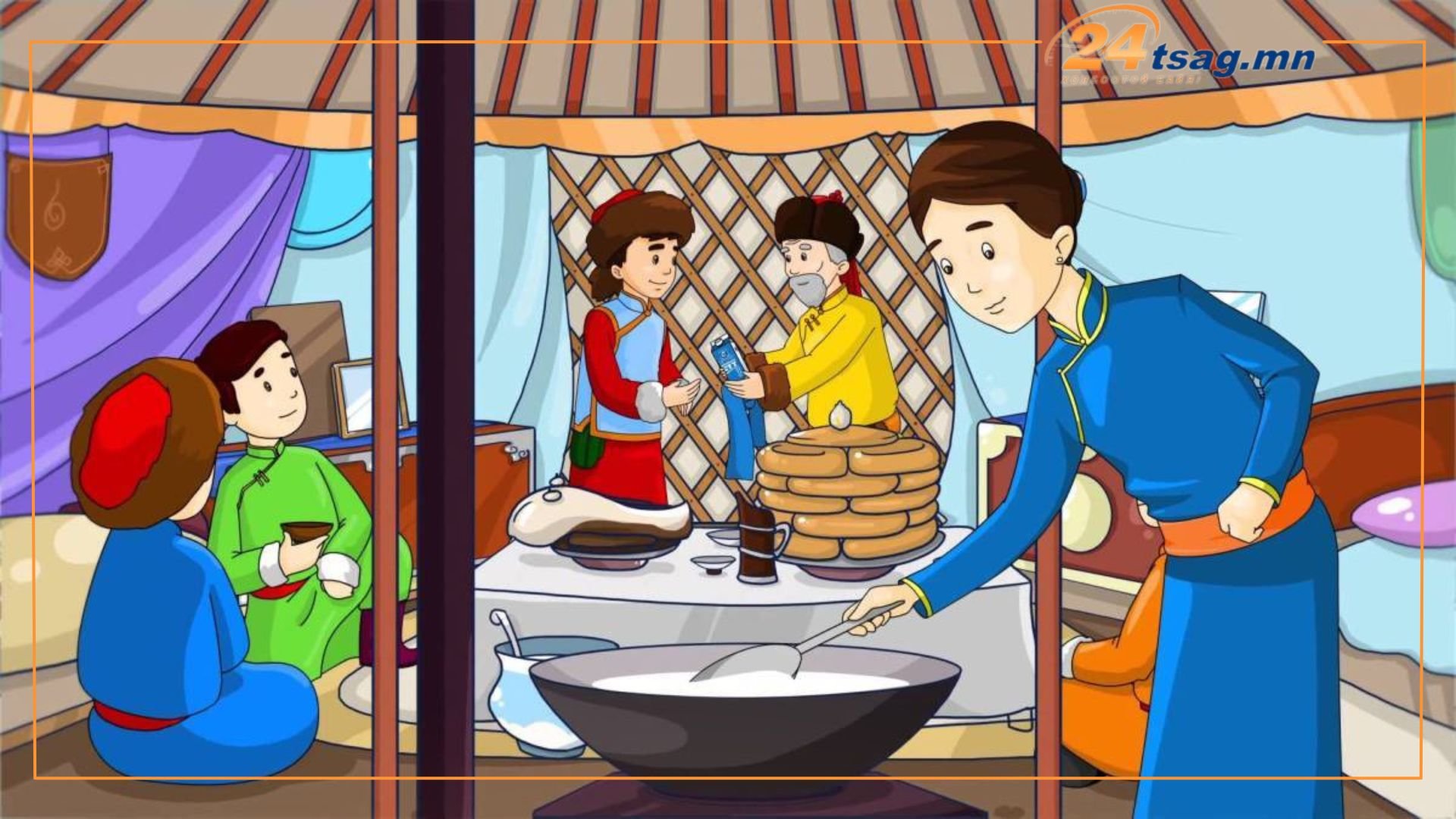8:14 PM Unveiling Mongolia's Timeless Customs: A Guide to the Nomadic Heart | |

Mongolian customs, deeply rooted in its nomadic traditions and spiritual beliefs, reflect a profound respect for nature, community, and ancestry. These customs, passed down through centuries, offer a window into the soul of a people shaped by their rugged landscapes and enduring spirit. 1. The Art of Hospitality: Suutai Tsai and the Open GerIn Mongolia, hospitality is more than a courtesy—it’s a way of life. The ger, a traditional yurt, is always open to visitors, whether friend or stranger. Upon entering, guests are offered suutai tsai (salted milk tea) and often aaruul (dried curds). Custom dictates that you accept offerings with your right hand, as a sign of respect. Declining is considered impolite, underscoring the Mongolian belief that every resource, no matter how scarce, is shared generously. 2. Greeting the Eternal Blue SkyMongolia’s connection to nature is embodied in the tradition of khadag offerings. A khadag is a ceremonial silk scarf, often blue to symbolize the sky. These scarves are presented during significant life events, including births, weddings, and even greetings to revered guests. At sacred sites, such as ovoo (stone cairns), Mongolians circle the structure three times clockwise, adding stones, milk, or vodka as offerings to spirits of the land. 3. Respect for Elders: The Heart of CommunityRespecting elders is a cornerstone of Mongolian culture. Younger people greet elders with a bow, often accompanied by the phrase "Ta sain baina uu?" (Are you well?). During Tsagaan Sar (Lunar New Year), juniors present zolgokh, a gesture where they hold the arms of their elders to show reverence. 4. Nomadic Etiquette: Life on the SteppeFor nomadic families, unspoken rules ensure harmony in harsh environments. Key customs include:
5. The Role of Shamanism in Everyday LifeShamanic rituals play an essential role in Mongolian customs, especially in rural areas. Shamans serve as intermediaries between humans and spirits, offering blessings, healing, and guidance. For travelers, witnessing a shamanic ceremony is an opportunity to experience Mongolia’s ancient spiritual heritage. 6. The Meaning of Shared AiragSharing airag (fermented mare’s milk) is both a social and spiritual custom. During festivals or gatherings, a communal bowl of airag is passed around, symbolizing unity and equality. It’s considered disrespectful to refuse or to drain the bowl without leaving some for others. 7. Wedding Rituals: A Union of FamiliesMongolian weddings are steeped in symbolic customs. The bride and groom exchange khadag scarves, and families present gifts to signify the joining of clans. A sheep’s shoulder blade is sometimes inspected for auspicious markings, believed to predict the couple’s future. 8. The Naadam Spirit: Sports as TraditionThe annual Naadam Festival is more than a competition; it’s a reflection of Mongolia’s cultural values. Wrestling, archery, and horse racing are rooted in customs that honor strength, skill, and tradition. Winning athletes are celebrated not just for their prowess but for embodying the spirit of their ancestors. 9. A Custom of Patience and AdaptabilityThe Mongolian phrase "Zugaatai baigaarai" (Be patient) captures a way of life where adaptability is key. Whether enduring a sandstorm or waiting for livestock to migrate, patience is a revered virtue. ConclusionMongolian customs are a testament to the resilience and generosity of its people. From the sacred rituals of the steppe to the warmth of an open ger, these traditions offer a glimpse into a culture where community and nature are celebrated above all else. For travelers, understanding and respecting these customs is not only a way to connect with Mongolians but also an invitation to experience the timeless rhythm of their lives. | |
|
| |
| Total comments: 0 | |